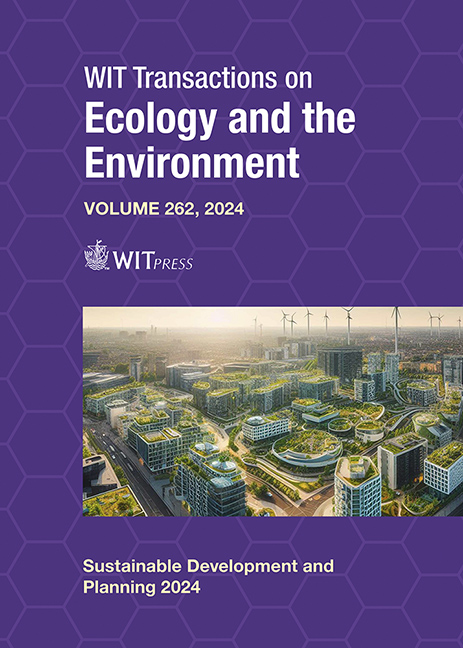ENERGY RETROFITTING OF HERITAGE PROTECTED UNIVERSITY BUILDINGS: AN INTEROPERABILITY CHALLENGE
Price
Free (open access)
Transaction
Volume
262
Pages
12
Page Range
165 - 176
Published
2024
Paper DOI
10.2495/SDP240141
Copyright
Author(s)
DAVID BJELLAND, BOZENA DOROTA HRYNYSZYN
Abstract
The Norwegian University of Science and Technology (NTNU) has committed to reducing 50% of imported energy by 2030. Therefore, a clear retrofitting strategy including the selection of buildings and retrofitting measures must be in place. This case study covers the buildings located on the main campus of NTNU Trondheim, Gløshaugen. Currently, just how retrofittable many of these buildings are, is unknown due to multiple hurdles. Those hurdles, that stem from not communicating energy data and heritage services, can be overcome if interoperability is improved. The objective is to develop an evaluation tool for the campus that reveals which buildings to prioritise, considering both heritage protection and the need for energy retrofitting. That offers a novel combination of existing data services as a solution for assessing the energy retrofitting potential on a building level while also accounting for limitations regarding local heritage restrictions. Thus, the study offers an evaluation tool to be used in early project phases for recommending which buildings to prioritise for retrofitting while considering the overall building portfolio as a context.
Keywords
energy retrofitting, energy management, heritage protection, heritage constraints, complex buildings





